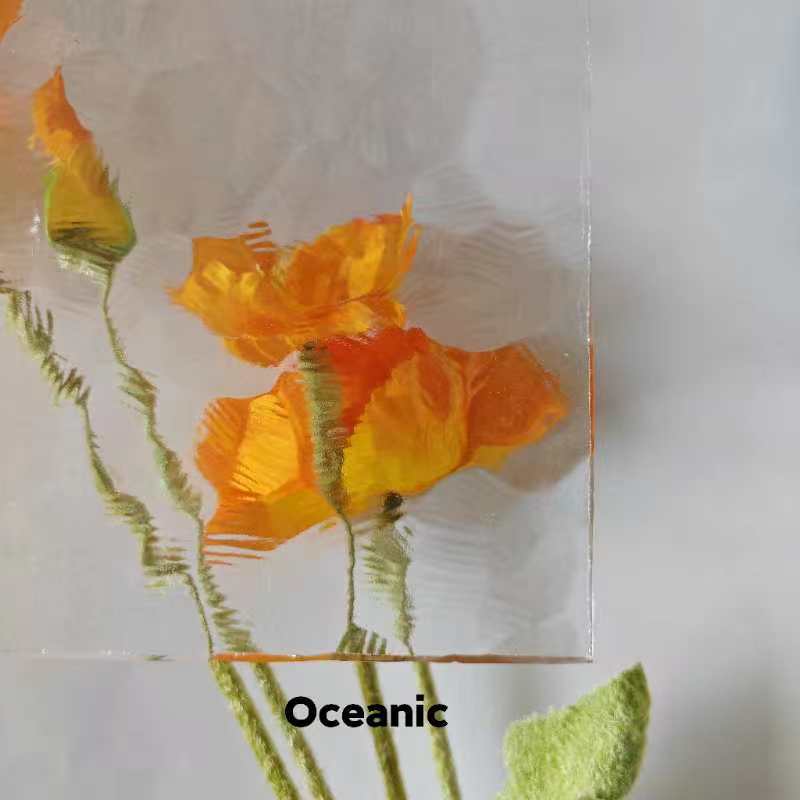

The Emergence of Transparent Float Glass A Revolution in Construction and Design
In recent years, the architectural and design industries have witnessed a remarkable transformation, driven largely by innovations in materials. At the forefront of this revolution is transparent float glass, a key material that has changed the way we think about buildings, interiors, and even everyday objects. Its unique properties and aesthetic appeal make it an indispensable choice for modern architecture and design.
Float glass is produced through a well-established process, first developed in the mid-20th century. The process involves floating molten glass on a bed of molten tin, which results in a sheet of glass that is uniform in thickness and surface quality. This method not only ensures clarity and smoothness but also creates panes that are remarkably flat—qualities that are essential for high-end applications.
One of the most striking features of transparent float glass is its excellent optical clarity. When viewed through it, colors remain vibrant and sharp, as if they were seen in natural light. This characteristic is especially popular in commercial buildings, where storefronts and office spaces benefit from natural daylight while providing unobstructed views of the outside world. This seamless connection between indoor and outdoor environments blurs the lines of boundary, creating spaces that feel open and inviting.
Moreover, the energy efficiency of transparent float glass has made it an attractive option for sustainable building practices
. Advanced coatings can be applied to enhance thermal insulation, reducing the need for artificial heating and cooling. These coatings can reflect heat in the summer and retain warmth in the winter, contributing to energy savings in various climate conditions. Such benefits are increasingly vital in today’s environmentally conscious society, where sustainability is paramount.
The versatility of transparent float glass is another reason for its widespread adoption. It can be cut, shaped, and processed into various forms, including glass facades, skylights, partitions, and even furniture. Designers are leveraging the malleability of float glass to create intricate and innovative designs that were once deemed impossible. From minimalist interior designs to striking architectural statements, the applications are virtually limitless.
However, the advantages of transparent float glass extend beyond aesthetic appeal and energy efficiency. Safety is a significant consideration in construction, and advancements in glass technology have addressed this concern effectively. Float glass can be tempered or laminated to enhance its strength and resistance to shattering, making it a suitable option for both homes and high-rises. Such safety features are crucial in urban settings, where the risk of accidents can be higher.
As we look to the future, the role of transparent float glass is set to become even more prominent. With the advent of smart glass technologies, it is conceivable that our interaction with glass will evolve further. Imagine windows that tint on command, adjusting automatically to optimize light and temperature, or surfaces that can change transparency at the touch of a button. These innovations promise to blur the lines between technology and design, creating smarter environments that adapt to human needs.
In conclusion, transparent float glass is more than just a construction material; it symbolizes a shift toward transparency, sustainability, and innovation in architecture and design. Its ability to merge functionality with aesthetic beauty continues to inspire designers and architects worldwide. As we embrace new technologies and refine our building practices, the future of transparent float glass seems bright—one where clarity and seamless interaction with the environment are paramount. As this material continues to evolve, we will likely see even more creative and sustainable applications that shape the landscapes of our cities and homes.